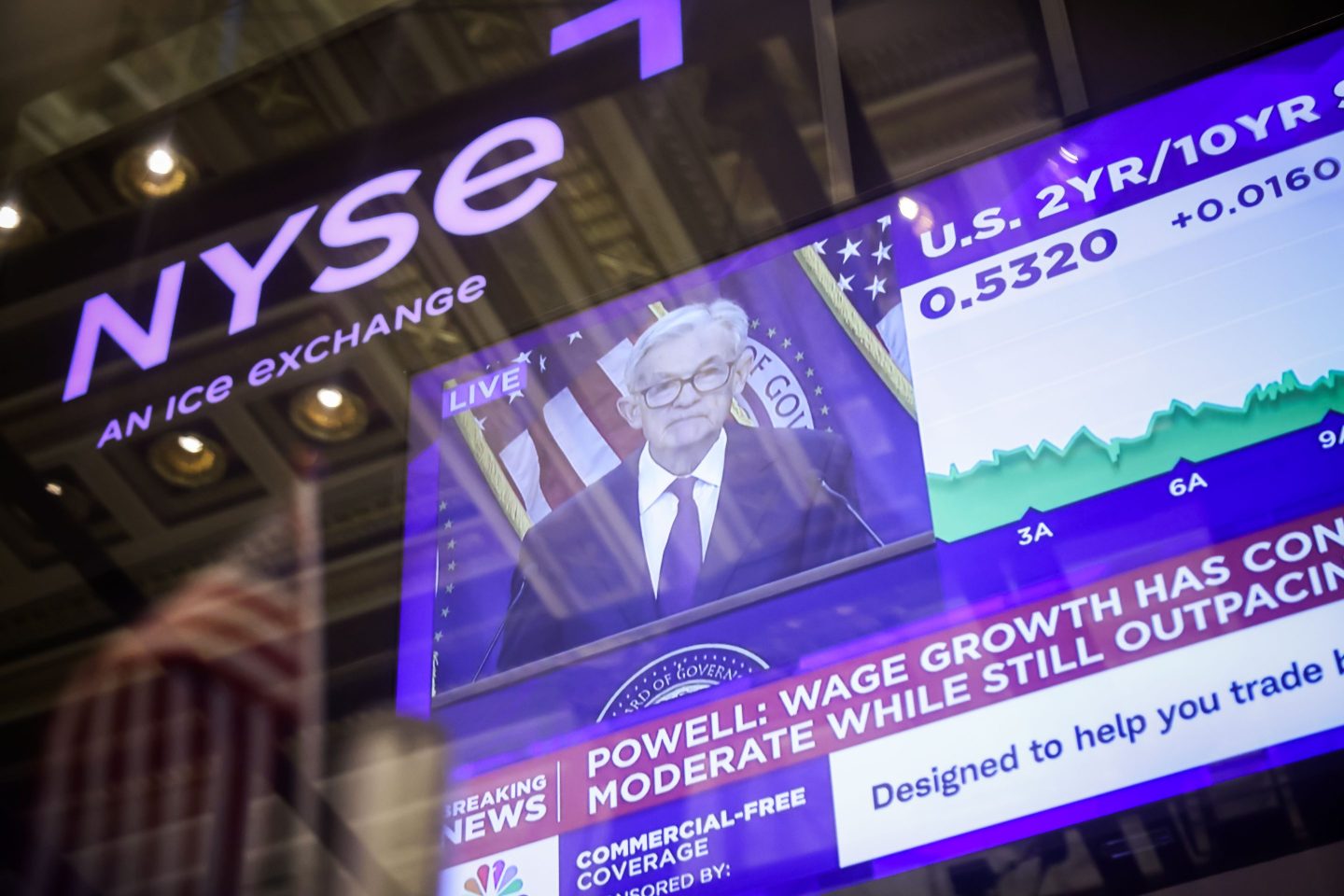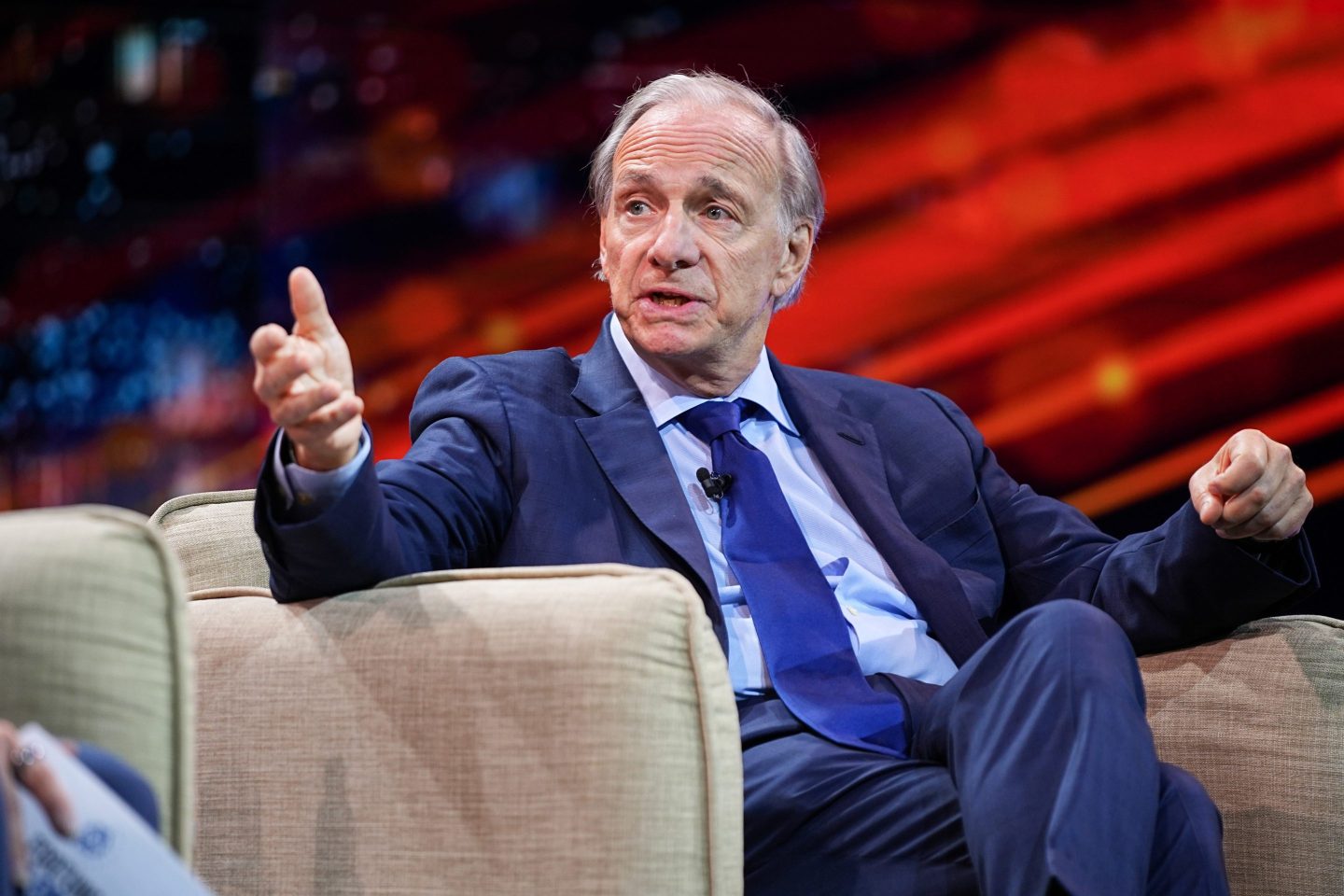After President Donald Trump shocked global markets with his aggressive tariffs earlier this year, investors turned away from the U.S. and went elsewhere—but the scales are tilting back again.
U.S. stocks have made furious rebounds, setting fresh record highs and eroding the outperformance that European markets have enjoyed for much of this year.
The S&P 500 is now up 13% year to date and the Nasdaq is up 17%. As recently as late June, when the broad market index had retaken its prior all-time high, both were up 5%.
Meanwhile, the DAX stock market index in Germany is up 19% so far this year, down from 20% in June. Other gauges have gained ground, but not as much as U.S. stocks have. The FTSE 100 in the U.K. is up 13% versus 8% in June. And the MSCI Europe stock index has jumped 25% for the year, up from 21%.
(China is a different story. Hong Kong’s Hang Seng Index has soared 32% this year, up from its 21% year-to-date gain in June.)
Sentiment has shifted dramatically about Europe. Investors are getting more nervous about the deficit outlook in the U.K. and France, while economic growth remains subdued. And hopes for a burst of government spending and deregulation have failed to materialize so far.
“Outside Germany, investors appear frustrated with the lack of progress: there are no signs of the German government turning on the spending machine,” analysts at Deutsche Bank said in a note on Wednesday. “This has fuelled concerns that the government is dragging its feet, and perhaps wavering in its commitment, on implementing the promised defence and infrastructure spending spree.”
While they still see a “sugar rush” coming eventually, they are less upbeat about the long-term growth implications.
By contrast, U.S. markets have been turbocharged by continued bullishness on the AI revolution, moderation in Trump’s trade war, robust corporate earnings, continued GDP growth, resilience among consumers, tax cuts, and the Federal Reserve’s return to easing.
U.S. stocks stand to get a further lift from the central bank, and potentially close the gap even more with Europe.
On Wednesday, the Fed lowered rates for the first time since December, though many on Wall Street read a hawkish message in Chairman Jerome Powell’s press conference.
In particular, he described the move as a “risk-management cut,” suggesting it wasn’t the start of an aggressive easing cycle. He also warned that there are no risk-free options and that it’s not obvious what will happen going forward.
But economists at Citi Research disagreed with the market’s interpretation that Powell was hawkish and instead read a more dovish message.
“Powell later clarified that the effectiveness of today’s cut was coming not from the effects of one 25bp rate cut, but from the market pricing-in further cuts — suggesting that in their base case Fed officials will follow markets and the dot plot and cut 75bp this year,” Citi said in a note on Wednesday.
Meanwhile, equity strategists at JPMorgan pointed out on Thursday that the S&P 500 has gained an average of 26.5% in the second year of an easing cycle, assuming no recession, compared to a 13.7% gain in the first year.
The Fed started its rate cuts last September, and the market has already outperformed its typical first-year gain by climbing 17.6% in that time, JPMorgan added.
“Rate cuts have historically provided meaningful support for earnings with a lift in consumer spending, investment spending (capex and R&D), M&A and buybacks,” strategists said.













